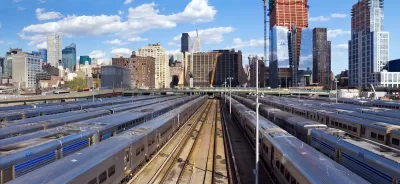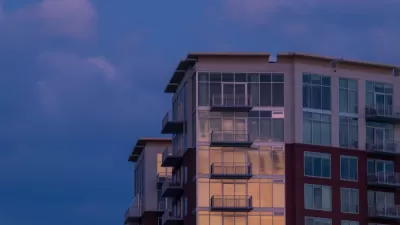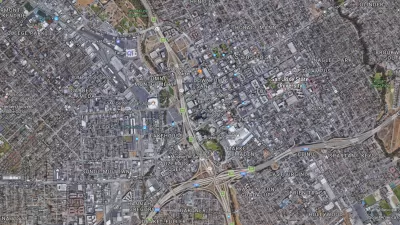Transit stations increase nearby jobs and populations, but they could also contribute to displacement. What can we do differently?

Smart Growth America's analysis in Shelterforce reveals the complex dynamics of transit-oriented development (TOD), where growth and displacement risks intersect. According to research cited by Smart Growth America, transit station areas generated 20 percent of metropolitan job and household growth while occupying less than 1 percent of urbanized land across 42 regions, with rail transit increasing nearby property values 15-25 percent above baseline increases.
While TOD successfully attracts diverse populations and promotes sustainability, rising costs threaten existing residents. Light rail and streetcar areas saw median incomes rise 9 percent faster than surrounding regions, highlighting gentrification concerns. Seattle's Capitol Hill and Portland's MAX light rail corridor demonstrate how transit improvements can inadvertently drive displacement.
However, the article highlights successful mitigation strategies from several cities. Arlington's Rosslyn-Ballston corridor shows how proactive zoning and affordable housing policies can prevent accelerated displacement while fostering economic growth. Other solutions include Denver's TOD Fund for preserving affordable housing near transit and San Francisco's Small Sites Program supporting nonprofit acquisition of affordable rental properties.
The piece emphasizes that successful TOD requires balancing development goals with equity considerations through robust community engagement and protective policies.
FULL STORY: Can We Resist Displacement From Transit-Oriented Development?

Trump Administration Could Effectively End Housing Voucher Program
Federal officials are eyeing major cuts to the Section 8 program that helps millions of low-income households pay rent.

Planetizen Federal Action Tracker
A weekly monitor of how Trump’s orders and actions are impacting planners and planning in America.

The 120 Year Old Tiny Home Villages That Sheltered San Francisco’s Earthquake Refugees
More than a century ago, San Francisco mobilized to house thousands of residents displaced by the 1906 earthquake. Could their strategy offer a model for the present?

HSR Reaches Key Settlement in Northern California City
The state’s high-speed rail authority reached an agreement with Millbrae, a key city on the train’s proposed route to San Francisco.

Washington State Legislature Passes Parking Reform Bill
A bill that would limit parking requirements for new developments is headed to the governor’s desk.

Missouri Law Would Ban Protections for Housing Voucher Users
A state law seeks to overturn source-of-income discrimination bans passed by several Missouri cities.
Urban Design for Planners 1: Software Tools
This six-course series explores essential urban design concepts using open source software and equips planners with the tools they need to participate fully in the urban design process.
Planning for Universal Design
Learn the tools for implementing Universal Design in planning regulations.
Ada County Highway District
Clanton & Associates, Inc.
Jessamine County Fiscal Court
Institute for Housing and Urban Development Studies (IHS)
City of Grandview
Harvard GSD Executive Education
Toledo-Lucas County Plan Commissions
Salt Lake City
NYU Wagner Graduate School of Public Service





























